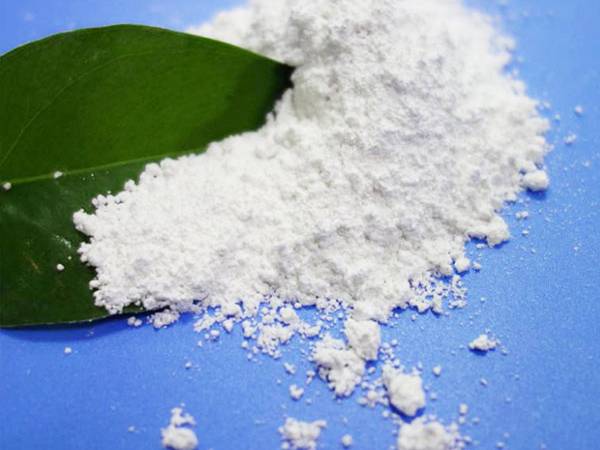



Precipitation of Barium II Sulphate - Understanding the Process and Applications
Precipitation of Barium II Sulphate Insights and Methods
Barium II sulphate (BaSO4) is an important compound widely used in various industries, including oil and gas exploration, medical diagnostics, and materials science. Its unique properties, such as low solubility in water, make it an excellent candidate for numerous applications. The precipitation of barium II sulphate is a crucial process that can be influenced by several factors, including pH, temperature, and ion concentration. Understanding these factors not only enhances the yield of barium II sulphate but also allows for better control over its physical properties.
The process of barium II sulphate precipitation typically involves a double displacement reaction between barium chloride (BaCl2) and sodium sulphate (Na2SO4). When these two soluble salts are mixed in an aqueous solution, barium II sulphate precipitates out, forming a white, solid suspension. The reaction can be represented by the following chemical equation
Precipitation of Barium II Sulphate Insights and Methods
One of the primary factors affecting the precipitation of barium II sulphate is the concentration of the reactants. Higher concentrations of barium and sulphate ions lead to an increased likelihood of nucleation, where solid particles begin to form. However, it is not solely the concentration that matters; the ratio of barium to sulphate ions must be balanced to ensure the formation of pure BaSO4 without unwanted byproducts. Deviations from this stoichiometric ratio can lead to the formation of mixed salts or residual soluble impurities.
precipitation of barium ii sulphate

Temperature is another critical factor that influences the precipitation process. Generally, lower temperatures favor the formation of BaSO4 due to the compound's decreased solubility in colder solutions. As the temperature rises, the solubility of barium II sulphate increases, which can hinder the precipitation process. For industrial applications, controlling the temperature during the reaction is vital to achieving optimal yields.
The pH of the solution also plays a significant role in the precipitation of barium II sulphate. The reaction is more favorable under neutral to slightly alkaline conditions. Acidic environments can lead to the solubility of barium II sulphate, which can dissolve back into the solution, thereby reducing the overall efficiency of the precipitation process. Therefore, maintaining an appropriate pH level is essential for maximizing the production of solid BaSO4.
Furthermore, the presence of other ions in the solution can impact the precipitation of barium II sulphate. For instance, competing ions can bind with barium or sulphate ions, altering the dynamics of the precipitation process. This is especially relevant in complex mixtures often encountered in industrial applications, where the presence of various cations and anions can significantly influence the outcomes of BaSO4 precipitation.
In conclusion, the precipitation of barium II sulphate is a multifaceted process affected by various factors such as concentration, temperature, pH, and ion interference. Understanding these factors allows for improved control over the precipitation process, leading to higher yields and purer products. As research and industrial practices continue to evolve, further exploration of these parameters will undoubtedly enhance the applications and efficiency of barium II sulphate in various fields.
-
Potassium Nitrate: The Ultimate Fertilizer for Agriculture and GardeningNewsAug.25,2025
-
Potasium Persulphate: A Versatile Chemical for Industrial ApplicationsNewsAug.25,2025
-
Industrial Applications of Sodium HydroxideNewsAug.25,2025
-
Industrial & Household Uses of Sodium BisulfateNewsAug.25,2025
-
Chlorine Dioxide: The Ultimate Solution for Disinfection & SanitizationNewsAug.25,2025
-
Barium Sulfate: A Versatile Compound with Critical Medical ApplicationsNewsAug.25,2025
-
Where to Buy Sodium Hydroxide for Sale – Supplier GuideNewsAug.25,2025










